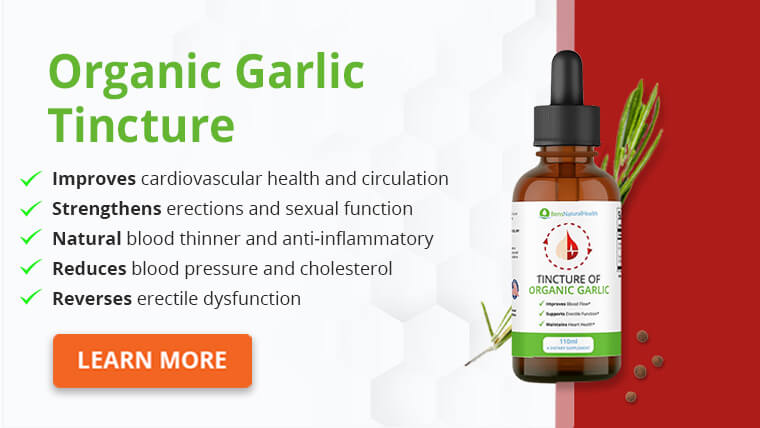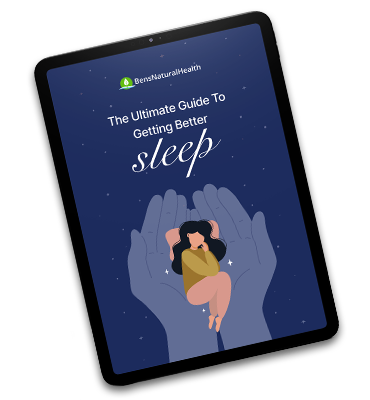Are you tired of the never-ending uncontrollable itching of your skin?
Or are you frustrated by the formation of rashes and bumps on your skin?
Adjusting your diet might be able to help!
Prurigo nodularis (PN) is a chronic skin disease that usually begins with intensely itchy skin.
Scratching and rubbing the itching skin causes hard, itchy bumps to appear.
The hallmark of prurigo nodularis is the development of firm bumps (called nodules) from the itch-scratch-itch cycle. These nodules also intensify the itchiness.
The bumps are usually found on parts of the body that are easily accessible for scratching.
These include the arms, legs, and trunk. The upper part of the back is often spared.
If you’ve been diagnosed with prurigo nodularis, you probably understand that it is a chronic medical condition that currently has no cure.
The main aim of treatment is to manage the symptoms by preventing them or reducing their severity.
As with many other chronic conditions, diet can have a big impact.
Some foods may help prevent symptoms of prurigo nodularis while others trigger or worsen them.
In this article, we’ll discuss these foods and give you information about dietary changes and foods to limit or avoid that can help you keep your prurigo nodularis under control.
Avoid Pro-Inflammatory Foods And Histamine-Rich Foods
For some people with prurigo nodularis, diet can have an impact on the occurrence and severity of symptoms.
Being able to identify specific foods to avoid that can trigger prurigo nodularis flares can help you keep the condition under control.
Here are some foods to avoid that can potentially worsen prurigo nodularis symptoms:
1-4) Pro-inflammatory foods
Prurigo nodularis has been linked to high levels of inflammation in the body. As such, eating pro-inflammatory foods in excess may worsen symptoms.
Here are some pro-infamatory foods you should consider cutting down on:
Meats
Studies have shown that high rates of meat consumption can contribute to inflammation. The table below summarizes some variants of meat to cut down on.
| Red meats | Beef, lamb & mutton, pork, venison |
| Processed meats | Sausages & hot dogs. Some hams, bacon |
| Organ meats | Liver, kidney, and heart |
Added sugars and refined carbohydrates
Diets high in sugar and refined carbs have been linked to increased inflammation.
In fact, some studies show that high sugar intake may worsen inflammatory skin conditions.
Carb-rich and sugary foods to avoid include:
- Beverages such as energy drinks and sodas with added sugar
- Some breakfast cereals and candy
- White rice
- Products made with white flour, such as white bread, white pasta, and some baked foods.
Trans fats and saturated fats
Excessive consumption of both saturated and trans fats has been linked to higher levels of inflammation.
Foods high in trans and/or saturated fats include:
- Meat, especially red meat or fatty cuts.
- Dairy products such as milk, butter, and cheese.
- Processed foods and baked goods.
- Fried foods.
- Some cooking spreads or shortening such as lard.
Alcohol
Alcohol may have pro-inflammatory properties. Studies have shown a strong correlation between alcohol use disorder and patients with inflammatory skin disease.
Limit your alcohol intake to no more than 2 drinks a day if you are male and no more than 1 drink a day if you are female.
5-9) Histamine-rich foods
As mentioned earlier, an overactive immune system may be responsible for the itchiness and rashes people with prurigo nodularis experience.
Histamine is a chemical found in the body that can trigger immune responses and possibly contribute to symptoms.
In fact, antihistamines are some of the first-line treatments that doctors prescribe to suppress symptoms.
Histamine is a compound that naturally occurs in your body. The highest concentrations are found in the skin, mouth, gut, sinuses, and lungs.
It can also come from sources outside the body, mostly in food such as the following.
| Fermented foods | Soy sauce, sauerkraut, pickles, and other relishes |
| Cured meats | Pepperoni, salami, chorizo |
| Cultured dairy products | Cheese, yogurt, sour cream, kefir, buttermilk |
| Beverages | Coffee, wine, beer |
| Plant foods | Tomatoes and tomato-based products, peanuts, chickpeas, wheat, eggplant |
While a low-histamine diet is not proven to improve prurigo nodularis symptoms, there have been studies showing some benefits in certain skin conditions. So, it’s worth trying to see if it helps.
Takeaway: Prurigo Nodularis Foods To Avoid
Note: Even though diet may contribute to prurigo nodularis symptoms, it has not yet been shown to be the primary cause.
So, while making dietary changes may help, it is important to not go overboard and start throwing every possible culprit out of your pantry.
Doing this will only lead to a restricted diet. This can result in malnutrition and other complications.
Cutting out particular foods all of a sudden can also lead to cravings and binge eating. This may leave you with worse symptoms than before.
Instead of completely cutting foods out, try reducing them and enjoying them in moderation.
You could also try what is known as an elimination diet if you want to identify triggers.
This involves avoiding potential trigger foods for a pre-determined period and then re-introducing them to see how your body reacts to them.
Whatever the case may be, it’s always a great idea to involve your doctor or dietician in this process.
Get Your FREE Sleep Guide
- Learn how to naturally improve your sleep
- Dietary recommendations, supplements, and lifestyle changes
- Developed exclusively by our medical doctor
Eat Anti-Inflammatory Foods
Just as some foods may worsen symptoms of prurigo nodularis, there are some foods and dietary patterns that may help reduce the number of times you experience symptoms as well as their severity.
Below is a list of foods to eat that may help reduce your prurigo nodularis symptoms.
1-3) Anti-inflammatory foods
When it comes to anti-inflammatory foods, there are several options. They include foods rich in the following:
Vitamin C
Vitamin C, also known as ascorbic acid, is a vitamin that has powerful antioxidant properties.
Antioxidants are substances that help to fight cell damage that can trigger inflammation.
Some of the best sources of vitamin C include the following foods:
- Citrus fruits
- Bell peppers
- Strawberries
- Tomatoes
- Cruciferous vegetables like broccoli and Brussels sprouts
- White potatoes
Omega-3 Fatty Acids
Omega-3 fatty acids have long been linked with decreased inflammation, improved heart health, and several other health benefits.
High levels of omega-3 fatty acids can be found in fatty fish such as:
- Salmon
- Herring
- Mackerel
- Sardines
- Tuna
- Striped bass
- Anchovies.
There are also plant sources like:
- Walnuts
- Chia seeds
- Flax seeds
You can make sure you’re getting enough by using supplements such as fish oil, cod liver oil, and krill oil.
Polyphenols
Polyphenols are a group of compounds found in plants that have potent antioxidant properties. They can be found in the following foods:
- Fruits like apples and grapes
- Vegetables like spinach and onions
- Spices like turmeric and rosemary
4) Mediterranean diet
The Mediterranean diet emphasizes fruits, vegetables, olive oil consumption, and limited consumption of meat.
Considering everything we’ve discussed so far, it should be obvious that adopting a Mediterranean diet is a great way to lower inflammation.
Studies have shown that this healthy dietary pattern is associated with lower levels of inflammation.

Conclusion
Prurigo nodularis is a chronic inflammatory condition characterized by intense itching of the skin and the presence of nodules particularly on the arms, legs, and trunk.
In the treatment of prurigo nodularis, the goal is to prevent or lessen the excessive inflammatory response of the body to its various triggers. While there are various medications available, there is no permanent cure.
In people with prurigo nodularis, diet may play a huge role. Some foods are noted to be anti-inflammatory and may help prevent triggers.
These include foods rich in vitamin C (e.g. citrus fruits) and foods rich in omega-3 fatty acids (e.g. fatty fish).
Other foods are pro-inflammatory and may serve as triggers, so you may want to avoid these foods if you have prurigo nodularis (PN). These include carb-rich foods, added sugars, and processed meats.
While completely cutting out pro-inflammatory foods may not be possible, reducing their intake and increasing consumption of anti-inflammatory foods may help you keep symptoms of prurigo nodularis under control.
Explore More








